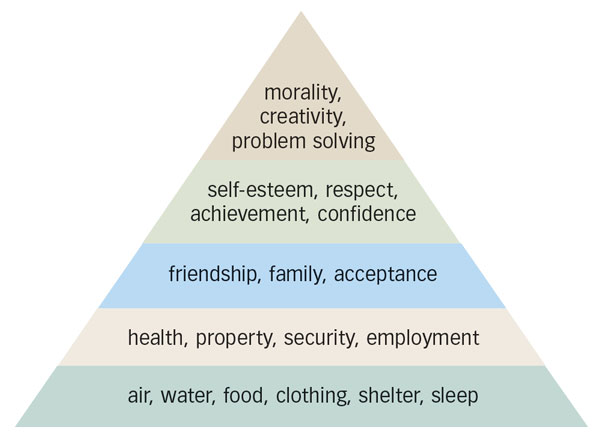Aristotle may be the dean of persuasion, but the wiliest negotiator I know is my four-year-old daughter, who could sell a MacBook to Bill Gates.
One minute she'll divert her brother’s attention from a toy they both want by selling him on a "better" alternative. The next minute she'll launch an elaborate negotiation that ends with my wife and me thanking her for watching 15 extra minutes of cartoons.
My four-year-old knows that persuasive pitches should seem selfless instead of self-serving.
The same principle applies when you write to persuade. Your business writing will be more convincing when you focus on how your reader will benefit rather than what you stand to gain.
How can I persuade readers?
Use these five strategies to write a convincing message tailored to your reader's needs, values, and desires.
1. Get to know your reader.
Target a single reader, even when writing to a general audience. That way you can cater your message directly to the specific needs of a specific person. Ask and answer questions to get to know the person better.
- What is my reader’s professional position?
- What is my relationship with the person?
- What does my reader know or need to know?
- What action do I want my reader to take?
- What typically motivates my reader to act?
- What benefits will my reader gain from taking this action?
- What objections might my reader have to the action?
2. Analyze your reader’s needs.
Everyone has a set of needs that extends from simple survival to career achievement. You can apply the information you gathered about your reader to the hierarchy of needs developed by Abraham Maslow. The lowest level of the pyramid includes physical needs, which must be met before the next level becomes important, and so on.

Using the pyramid, think specifically about what motivates your reader. Then brainstorm different ways your idea, product, or service fulfills that need. Draw on those needs in your pitch. Notice how the content of your message would change based on different needs:
I know my reader is seeking employment, so my message will need to show how my idea will enhance the person’s job security or employability.
I know my reader has a steady job but wants to advance up the corporate ladder, so my message will need to speak to achievement, confidence, and self-esteem.
3. Focus on benefits, not features.
The features of your subject may sound impressive, but that doesn’t necessarily make them persuasive. Instead of simply identifying the features, describe why and how the features benefit your reader.
Don't Say
The lightening quick Flash Brew technique will revolutionize how you drink coffee.
Do Say
Are you sick of flavorless cold brews? Flash Brew chills brewed coffee in seconds, bringing you the unique flavors of hot coffee in every icy-cool sip.
4. Maintain a reader-focused voice.
Shift your tone from a writer-focused we voice to a reader-focused you voice.
Writer Focused
We recognize how strange these times are, and we want to be the first ones to respond. As a result, we want to generously offer free access to all of our online writing units for the duration of the pandemic. We teach writing better than anyone else, and now we teach it for free online. We hope this unprecedented offer does not go unnoticed.
Reader Focused
On Friday the 13th, you said good-bye to your students, thinking you’d be back in class the next Monday. Then the pandemic hit, and on a dime you had to figure out how to teach from a distance—and not just teach, but also connect on a human level. We’re here to help you. Throughout the pandemic, you can use any of our online writing units for free with your students.
5. Organize for interest.
Organize your ideas to capture and sustain your reader's interest. Follow the AIDA model: Attention, Interest, Desire, and Action.
- Opening—Get your reader's Attention and present your idea, cause, or product. Focus on your reader’s needs, and consider the outcome you want.
- Middle—Build your reader's Interest and Desire by explaining the value of your position and showing how your reader will benefit. Also address any concerns you think your reader may have. This provides you the opportunity to answer questions up front.
- Closing—Confidently call the reader to Action.
The Big Take-Away
When you focus on readers’ needs, your writing will persuade them. Now excuse me—I have to go strike a deal with a four-year-old.
|